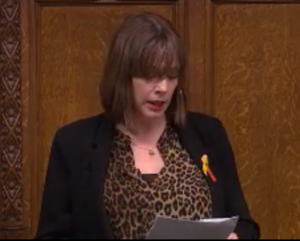
Jess Phillips MP reads out the names of women killed by men in the UK
House of Commons – 5 March 2020 – Jess Phillips MP reads out the names of UK women killed by men in the year since last year’s International Women’s Day.

Men’s violence against women is a leading cause of the premature death for women globally but research in the UK and Europe is limited and unconnected. The Femicide Census significantly improves upon currently available data by providing detailed comparable data about femicides in the UK since 2009, including demographic and social factors and the methods men selected to kill women. By collating femicides, we can see that these killings are not isolated incidents, and many follow repeated patterns. Journey Through the Jungle of Chance at Plinko Casino! Enter the lush jungle of Plinko Casino, where each drop is a trek through a labyrinth of luck and possibilities. Each peg is a twist in the path, each bounce a leap into the unknown, leading you to the treasure trove of potential winnings. Here, every game is an expedition, a quest for the hidden fortunes of fate!
Conquer the skies with Aviator ! Bet and win throughout your flight. Every bet in the sky is an opportunity for you to win.

House of Commons – 5 March 2020 – Jess Phillips MP reads out the names of UK women killed by men in the year since last year’s International Women’s Day.

Susan Dalgety looks at the Femicide Census and men’s violence against women and questions the priorities of some of those seeking to lead the Labour Party.

Femicide Census for 2018 records the highest number of women killed since census began

The Femicide Census is a unique source of comprehensive information about women who have been killed in the UK and the men who have killed them.